LattePanda 3 Delta Introduction
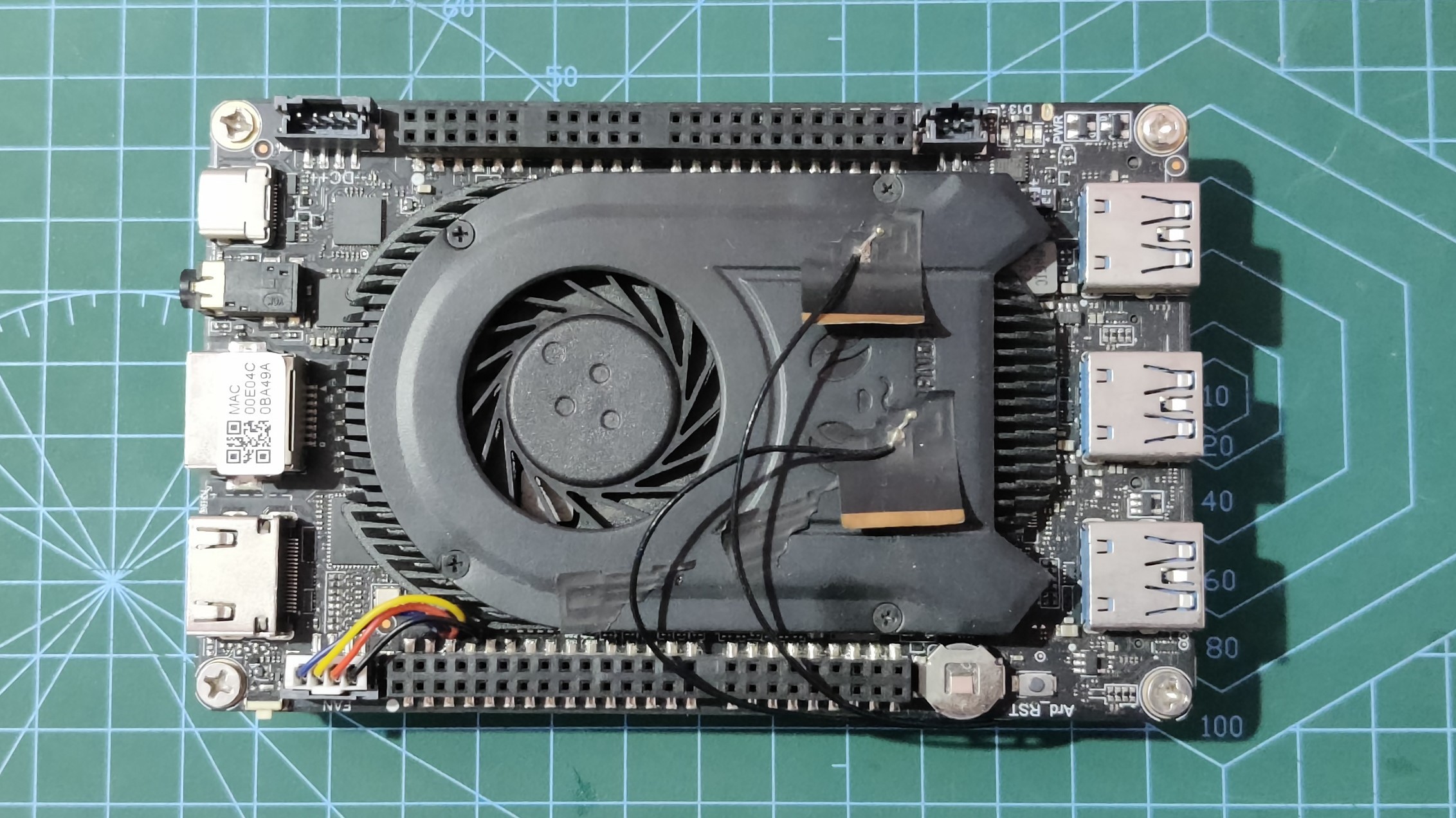

Lattepanda 3 Delta is an compact SBC made by DFrobot that features the Intel Celeron N5105 11th Gen Mobile Processor with 2933MHz high-frequency LPDDR4 8GB RAM with 64GB Onboard storage.
It runs default windows 10 but we can swap it with Linux which is awesome.
LattePanda 3 Delta uses an M.2 B Key instead of an M.2 E Key and can connect to the 4G or 5G module, we can even add a graphic card by using an NVMe Key M Extender Cable to PCI-E x16 Graphics Card Riser Adapter.
Below are few of its technical specifications.
- CPU: Intel® Celeron® N5105
- Core: 2.0~2.9GHz Quad-Core, Four-Thread
- Graphics: Intel® UHD Graphics (Frequency: 450 – 800MHz)
- Memory: LPDDR4 8GB 2933MHz
- Storage: 64GB eMMC V5.1
- Expansion Slots: 1x M.2 M Key, PCIe 3.0 2x, Supports NVMe SSD 1x M.2 B Key, PCIe 3.0 1x, USB 2.0, USB 3.0, SATA, SIM, Supports SATA, 4G & 5G module
- Connectivity: 1x Wi-Fi 6 @ 2.4GHz &5 GHz(160MHz) 1x Bluetooth 5.2 1x Intel Gigabit Ethernet
- USB Ports: 2x USB 3.2 Gen1 Type A 1x USB 3.2 Gen2 Type A 1x USB Type C, Supports PD, DP, and USB 2.0 1x USB 2.0 Pin Header
- Display: 1x HDMI 2.0b: Up to 4096x2160 @ 60Hz HDR 1x DP 1.4: Up to 4096x2160 @ 60Hz HDR 1x eDP: Extendable Touch Displays up to 1920*1080
- TPM: built-in TPM (2.0)
- Co-processor: Arduino Leonardo ATMEGA32U4
- Audio: Microphone + Headphone Combo Connector
- GPIO & Other Features: 12x Analog Inputs* Up to 23x Digital Input/Output (7 PWM)* 1x UART 1x I2C 1x SPI 1x Audio Connector 1x 4-Pin RS232 Header 1x Fan Port (4 Pin 1.25mm PWM 5V) 1x 4-Pin Header (Power and Switch)
- OS Support: Windows 10 & Windows 11 & Linux
- Dimension: 125 x 78 x 16mm
- Operating Temperature: 0°C~75°C
You may check out a few of our previous PC projects, which feature the LattePanda 3 Delta, by clicking on the links below.
https://www.hackster.io/Arnov_Sharma_makes/the-pvm-panda-69cdfa
https://www.hackster.io/Arnov_Sharma_makes/latteintosh-diy-mini-pc-81c70f
https://www.hackster.io/Arnov_Sharma_makes/latteblet-8b570f
Now comes the main part: An Atmega32U processor, the same microcontroller found in the Arduino Leonardo and Arduino Micro development board, is another distinctive feature of the Lattepanda 3 Delta. Here, we may upload code into the Atmega32U to directly control it using the Arduino IDE.
Using the included female header pins, the user can attach modules, LEDs, and various electronics to the setup.
PCB Design


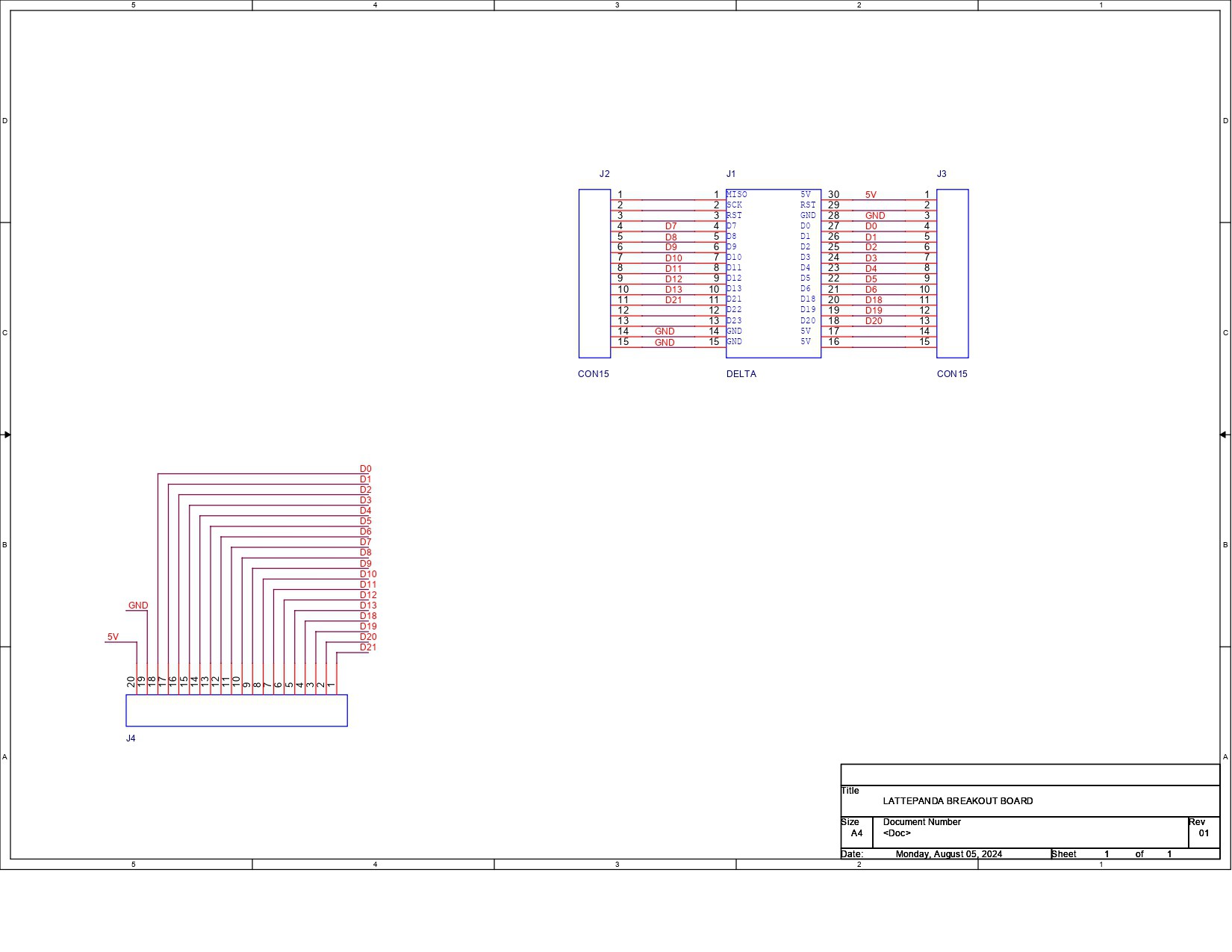
Analyzing the breakout diagram of the headerpin of the Latte Panda 3 Delta was our first step in the PCB design process.
We created a schematic that included two CON15 header pin connectors on either side of the CON30 header pin (15 pins on one side and 15 on the other).
Additionally, we included a CON20 header pin, which breaks out every I/O pin on the Atmega32U, including 5V and GND, and from D0 to D23.
The CON30 header pins were then placed in the center of a board, and the CON15 pins were placed on the left and right sides of the CON30 header pin connector. On one side of the board, we have further incorporated the CON20 header pin connector, which serves to link the breakout board and breadboard.
Seeed Fusion PCB Service
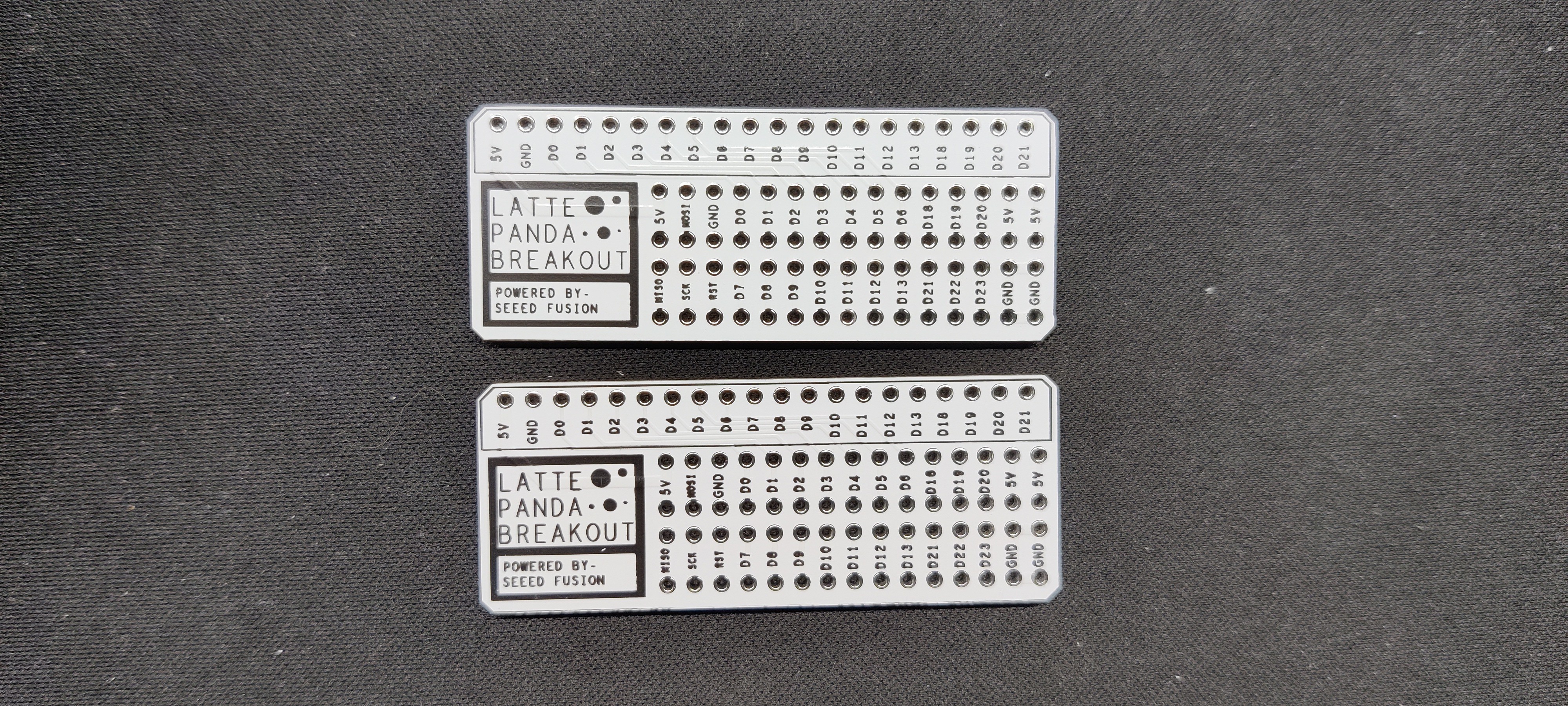
An order was placed for a white solder mask with black silkscreen.
The quality was super good considering the rate, which was also pretty low.
Seeed Fusion offers one-stop prototyping for PCB manufacture and PCB assembly, and as a result, they produce superior-quality PCBs and fast-turnkey PCBA within 7 working days.
Seeed Studio Fusion PCB Assembly Service takes care of the entire fabrication process, from PCB manufacturing to parts sourcing, assembly, and testing services, so you can be sure that they are getting a quality product.
After gauging market interest and verifying a working prototype, Seeed Propagate Service can help you bring the product to market with professional guidance and a strong network of connections.
 Arnov Sharma
Arnov Sharma

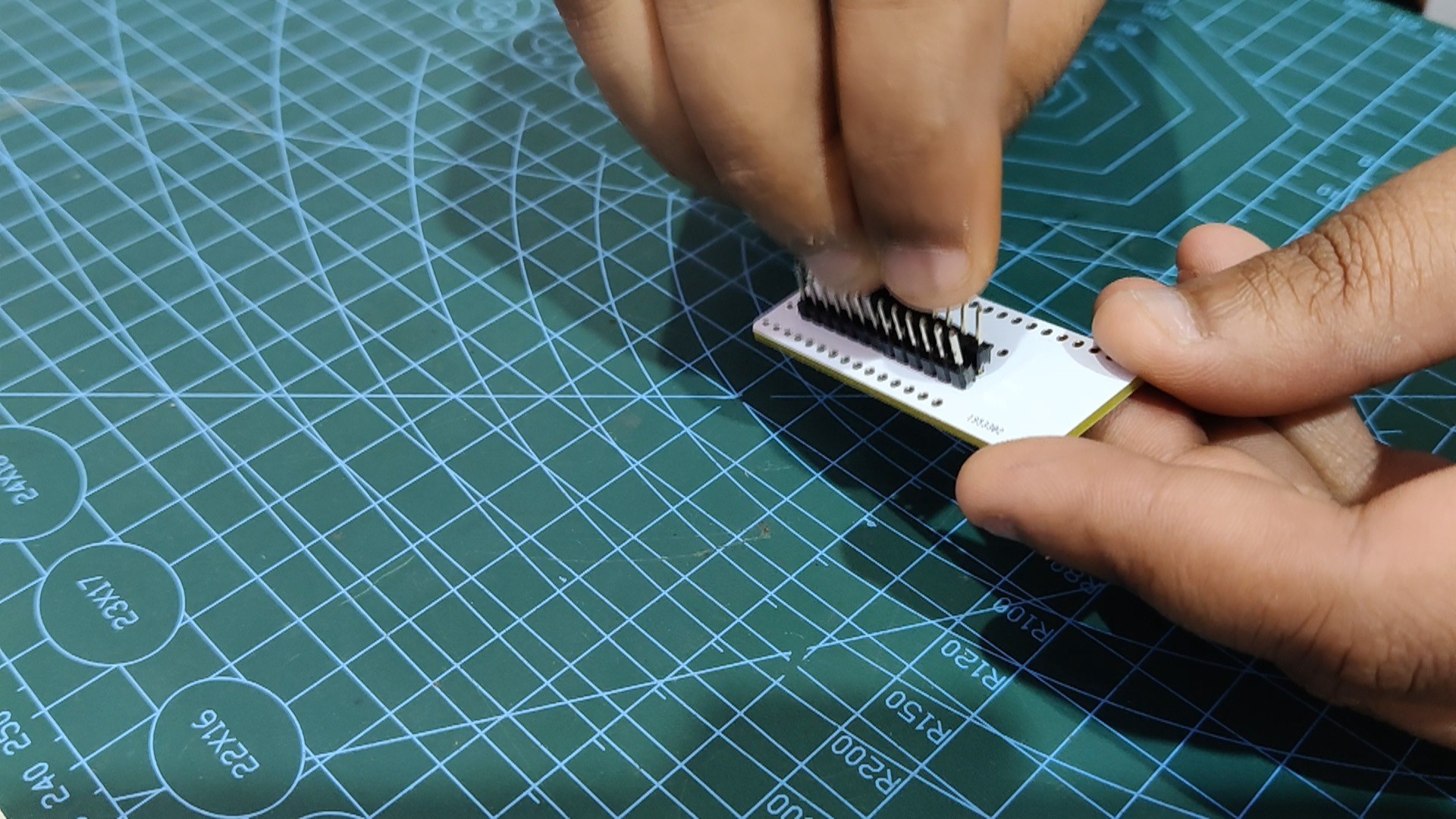

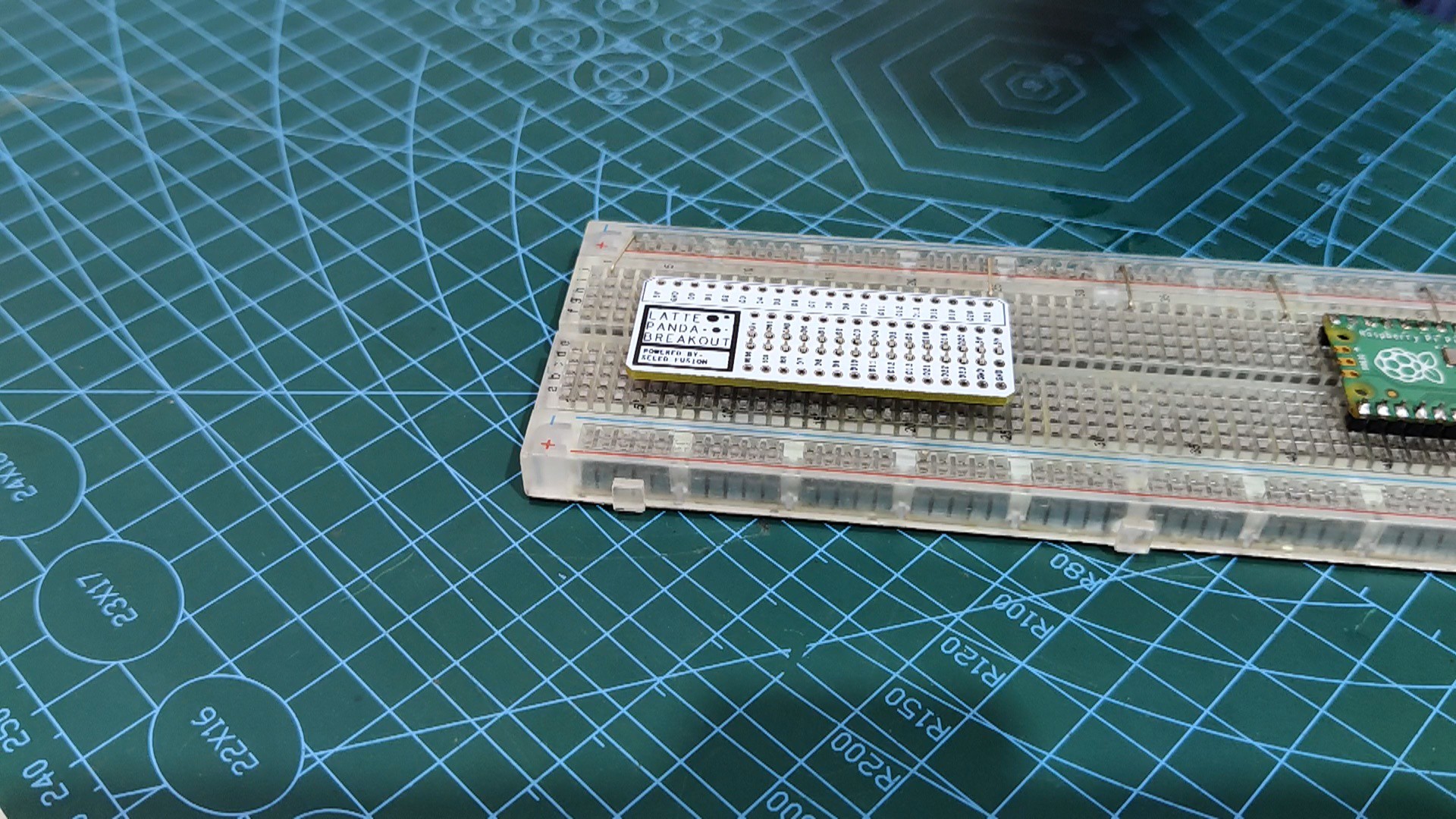
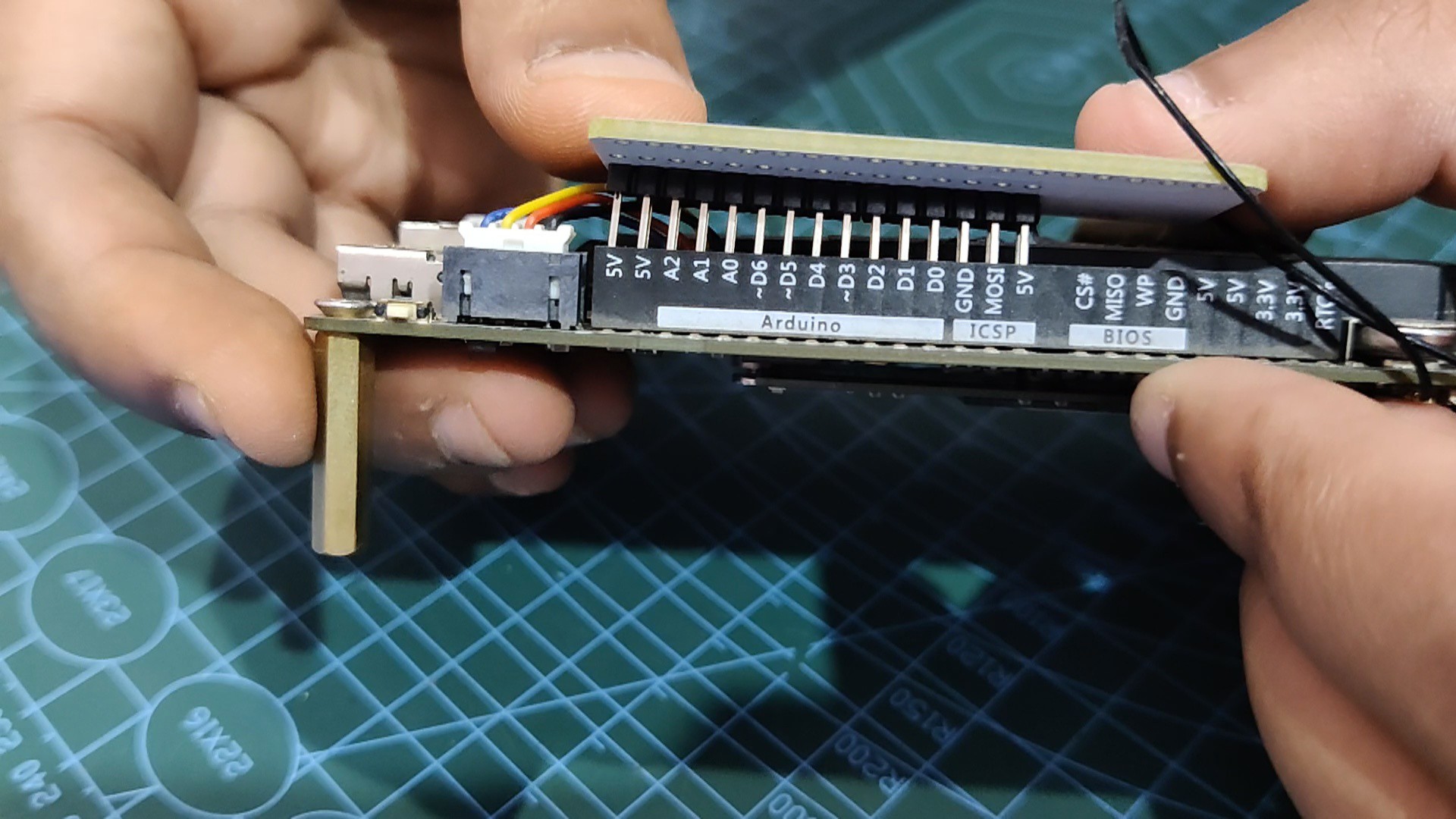
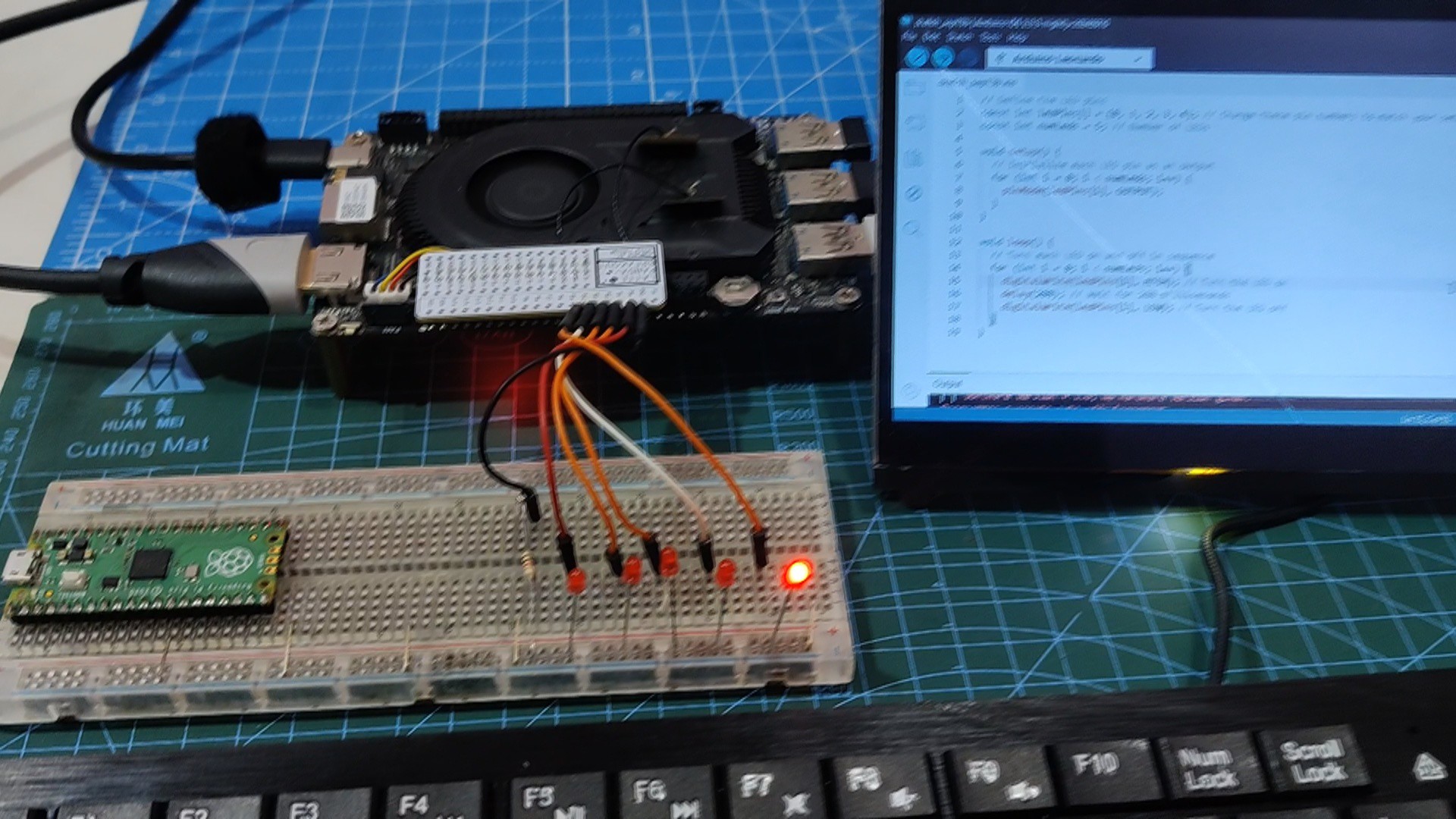
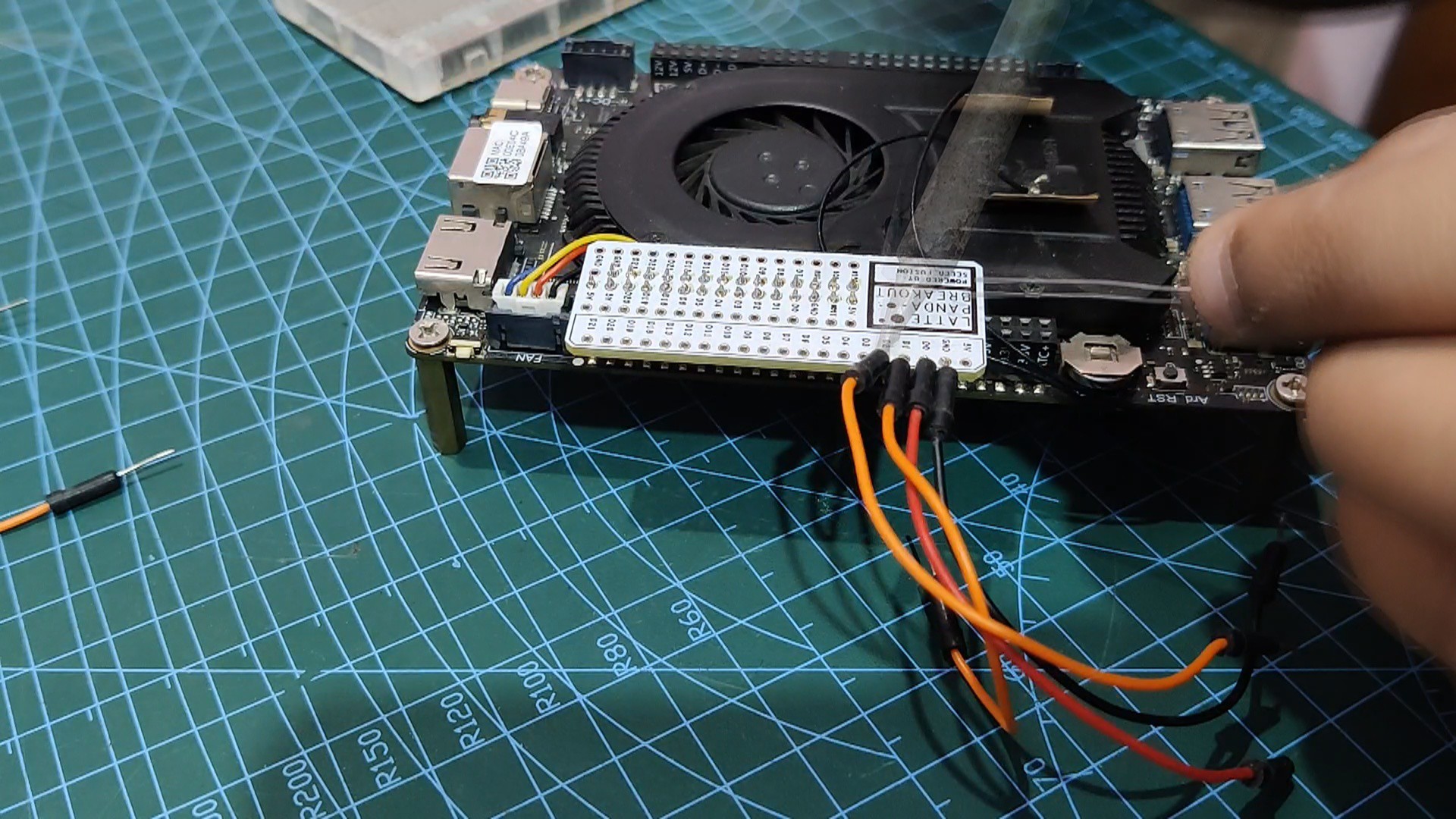

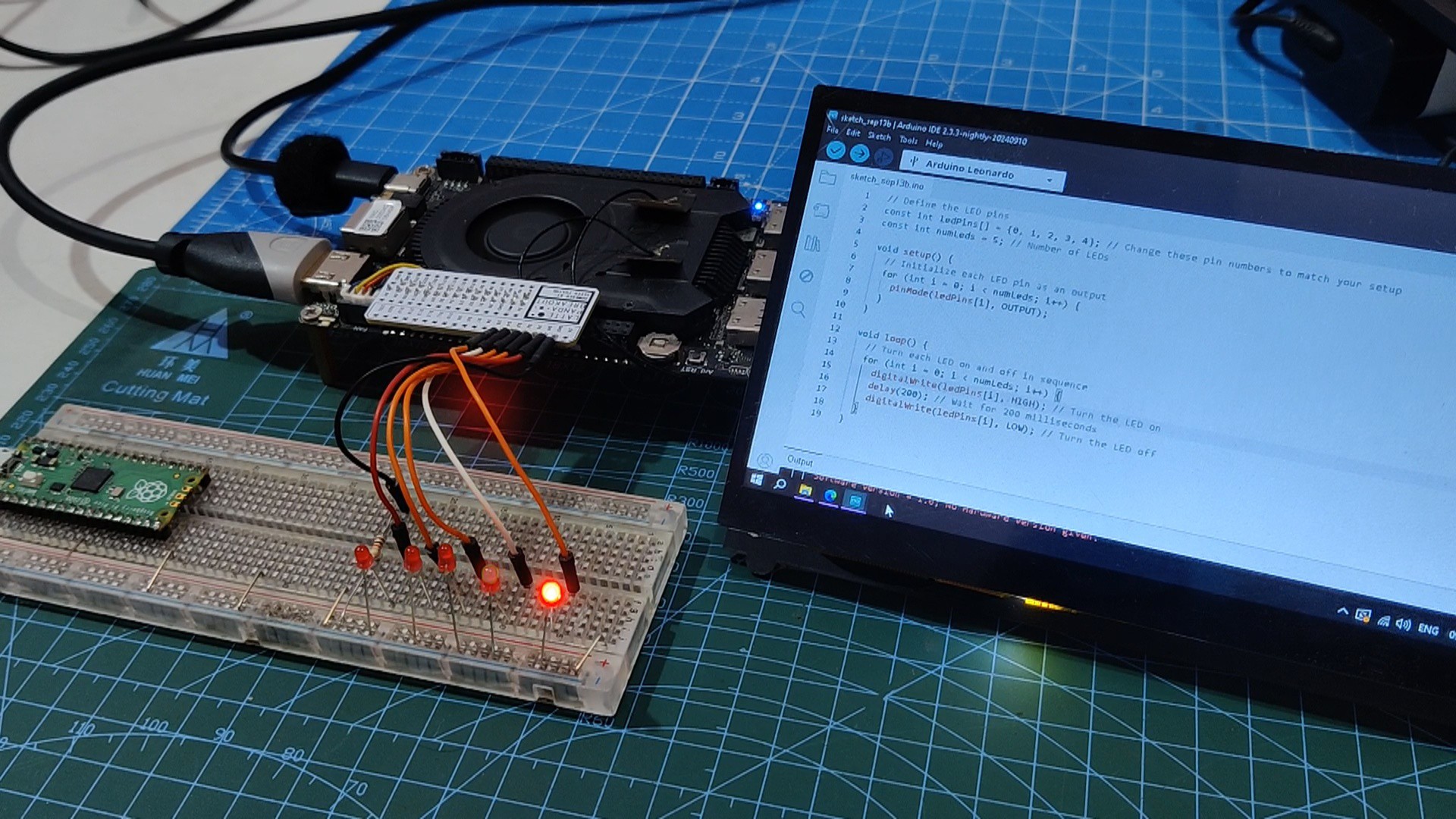
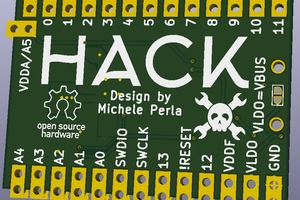
 Michele Perla
Michele Perla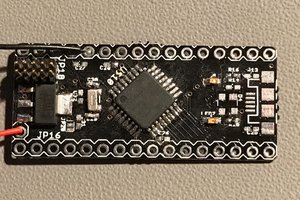
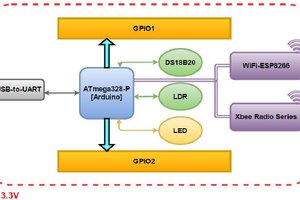
 Amar Potdar
Amar Potdar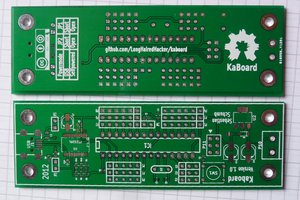
 ar3itrary
ar3itrary